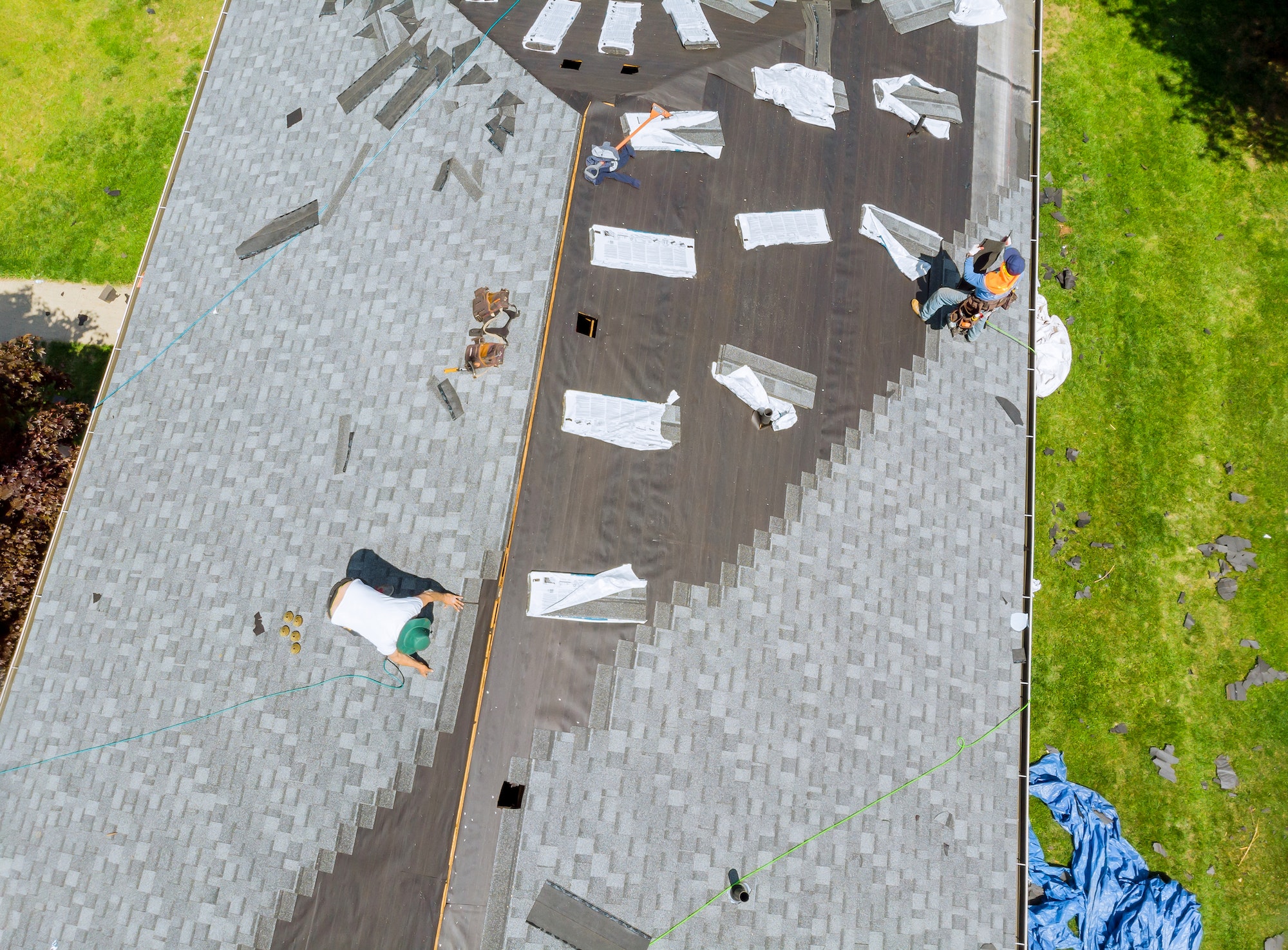Restoring a historic home involves a delicate balance between preserving its historical integrity and incorporating modern amenities. This process requires careful planning, research, and attention to detail to ensure that the home retains its original character while meeting contemporary living standards.
Here are some key considerations for balancing preservation and modernization in historic home restorations:
- Research and Documentation:
- Begin by thoroughly researching the history of the home, including its architectural style, materials, and historical significance.
- Document the existing conditions, noting original features, construction methods, and any alterations made over the years.
- Compliance with Preservation Guidelines:
- Understand and adhere to local preservation guidelines and regulations. Many historic districts have specific rules governing alterations to ensure the preservation of the neighborhood’s character.
- Preservation of Original Features:
- Identify and prioritize the preservation of key architectural elements, such as original windows, doors, moldings, and fixtures.
- Whenever possible, repair rather than replace original features to maintain authenticity.
- Sensitive Renovations:
- Integrate modern technologies and materials in a way that is sensitive to the historic context. For example, use energy-efficient windows that replicate the original design.
- Consider reversible modifications that allow for future changes without compromising the historic fabric.
- Upgrading Infrastructure:
- Upgrade electrical, plumbing, and HVAC systems to meet current safety standards and modern comfort levels.
- Conceal modern infrastructure in a way that minimizes its visual impact on the historic character of the home.
- Sympathetic Additions:
- If additional space is needed, design and build sympathetic additions that complement the existing architecture without overshadowing it.
- Use materials and design elements that mimic the original style but are clearly distinguishable as contemporary additions.
- Quality Craftsmanship:
- Employ skilled craftsmen who specialize in historic restoration to ensure that repairs and modifications are executed with precision and attention to detail.
- Match materials, finishes, and construction techniques to the original as closely as possible.
- Adaptive Reuse:
- Explore adaptive reuse options that allow for the incorporation of modern uses without compromising the historic fabric. For example, converting an old stable into a garage or studio space.
- Consultation with Preservation Professionals:
- Seek advice from preservation architects, historians, and other professionals with experience in historic restoration.
- Engage in a dialogue with local historical societies and preservation organizations to gain insights and support.
- Long-Term Maintenance Plan:
- Develop a long-term maintenance plan to ensure the ongoing preservation of the home. Regular inspections and timely repairs can prevent issues from escalating.
FAQs for Historic Home Restorations:
1. How do I determine if my home is considered historic?
- Homes are often considered historic based on their age, architectural significance, or association with notable events or figures. Local historical societies or preservation boards can provide guidance on criteria.
2. Can I make changes to a historic home’s exterior?
- Exterior changes may be regulated in historic districts to preserve the home’s original character. Consult local preservation guidelines before making alterations.
3. Are there grants or incentives available for historic home renovations?
- Some regions offer grants, tax credits, or incentives for preserving historic properties. Research local government programs or preservation organizations for available resources.
Considerations for Water Heater Repair Services in Cedar Park:
1. What signs indicate that my water heater needs repair?
- Common signs include inadequate hot water, strange noises, leaks, or visible rust or corrosion on the heater.
2. Are there specific regulations for water heater repairs in historic homes?
- Depending on local guidelines and the home’s historic status, repairs may need to adhere to certain preservation standards. Consulting both a preservation specialist and a licensed repair service is recommended.
3. How quickly should I address a water heater issue?
- Addressing issues promptly can prevent further damage and potential safety hazards. Contacting a professional repair service promptly is advisable.
For residents in Cedar Park seeking reliable water heater repair services, considering a reputable provider like waterheater-repair.net is crucial. Their expertise in addressing water heater issues while respecting the unique needs of historic properties in the area ensures a balanced approach to maintenance and preservation.
Conclusion
In conclusion, undertaking a historic home restoration project necessitates a meticulous balance between preservation and modernization, ensuring the seamless integration of historical charm with contemporary comforts. When embarking on such endeavors, it is crucial to collaborate with professionals who specialize in both historic preservation and modern upgrades. For residents in the Cedar Park area seeking electrical services integral to these projects, partnering with reputable Cedar Park electrical services is paramount. These specialists can contribute their expertise in updating electrical systems while respecting the historical integrity of the property, aligning with preservation guidelines and local regulations. With a comprehensive approach, thoughtful planning, and the right professionals, historic home restorations in Cedar Park can seamlessly blend the best of the past with the conveniences of the present.
Discover more from Futurist Architecture
Subscribe to get the latest posts sent to your email.

![modern apartment [article_title]](https://www.futuristarchitecture.com/wp-content/uploads/2025/03/5-Hushed-Hacks-to-Quiet-Like-a-Whisper-With-Soundproof-900x600.jpg)

